#Francois Truffaut
Explore tagged Tumblr posts
Text

Jeanne Moreau on the set of The Bride Wore Black, 1968 ♡
#jeanne moreau#vintage#celebrities#beauty#girlblogging#photography#coquette#1960s#60s#sixties#the bride wore black#francois truffaut#b&w#vintage fashion#smoking glamour#actress#1968#french cinema#female hysteria#vintage photography#it girl
932 notes
·
View notes
Text
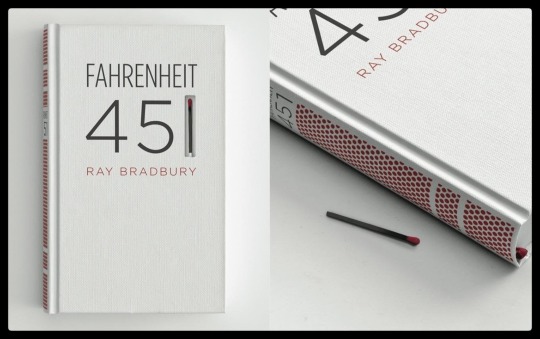
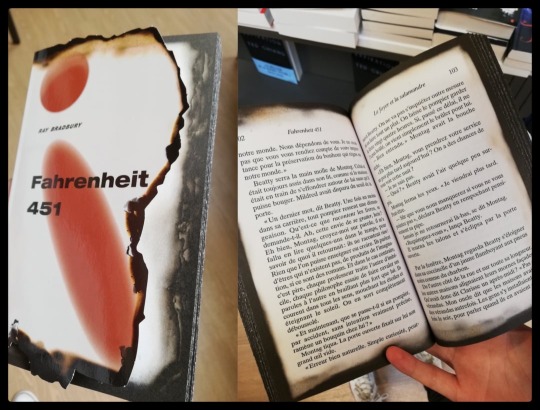
2 unusual editions of Bradbury’s ‘Fahrenheit 451’.
#fahrenheit 451#ray bradbury#francois truffaut#book cover#bookporn#books#bookbinding#literature#science fiction#science fantasy#the martian chronicles#graphic design#creative#art direction#julie christie#1966#brave new world#1984#the martian
590 notes
·
View notes
Text

The 400 Blows by François Truffaut
#francois truffaut#french new wave#new wave#cinema#film quotes#movie quotes#quotes#vintage#black and white#movies#60s#old movies#movie screenshots#movie scenes#film#films#art#60s aesthetic#poetic#philosophical#french cinema#cinematography#auteur#deep quotes#coming of age#dialogue inspiration#dark academia#gloomcore#sadcore#french
151 notes
·
View notes
Text

Close Encounters Of The Third Kind (1977)
#1977#film#movie#science fiction#Close Encounters Of The Third Kind#Steven Spielberg#Melinda Dillon#Jillian Guiler#Cary Guffey#Barry Guiler#Richard Dreyfuss#Roy Neary#Francois Truffaut#Claude Lacombe#Muncie#Indiana#Devils Tower#Moorcroft#Wyoming#UFO#UAP
117 notes
·
View notes
Text

Jean-Pierre Léaud as "Antoine" who works at Philips manufacturing LPs to support himself.
François Truffaut
- Antoine and Colette
1962
#jean pierre leaud#jean pierre léaud#françois truffaut#Francois Truffaut#Antoine and Colette#Antoine et Colette#Antoine Doinel
95 notes
·
View notes
Text
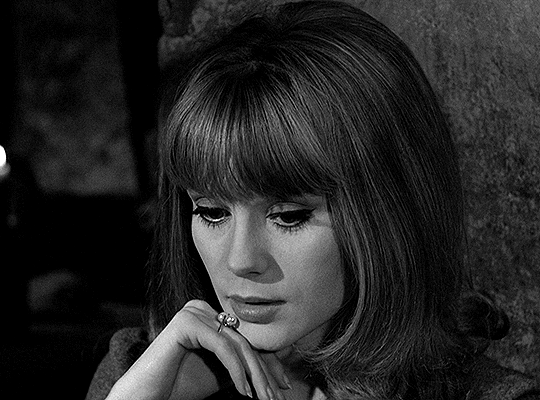

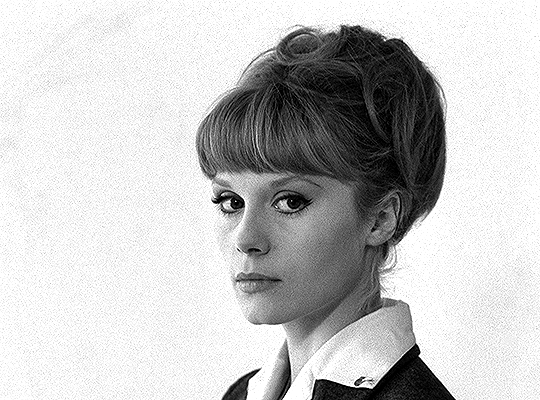
Françoise Dorléac in The Soft Skin (1964) Dir. François Truffaut
#the soft skin#filmgifs#classicfilmblr#francoise dorleac#moviegifs#fyeahmovies#userfilm#filmedit#worldcinemaedit#france#1960s#french cinema#francois truffaut#ours#by natty
214 notes
·
View notes
Text

Domicile conjugal (1970)
511 notes
·
View notes
Text










Flowers for you. 💐
Movies - Close-Up (1990), Bed and Board (1970), Atonement (2007), Stealing Beauty (1996), Sleeping with the Enemy (1991), The Witches of Eastwick (1987), Fleabag season 2 (2019), While You Were Sleeping (1999), The Amazing Spider-Man (2012), Broken Flowers (2005)
#close up#abbas kiarostami#atonement#kiera knightley#movies#film stills#film aesthetic#romance#current mood#drama#sleeping with the enemy#julia roberts#stealing beauty#liv tyler#while you were sleeping#sandra bullock#the amazing spider man#andrew garfield#emma stone#fleabag mood#fleabag#phoebe waller bridge#andrew scott#witches of eastwick#jean pierre léaud#francois truffaut#james mcavoy#saorsie ronan#benedict cumberbatch#french cinema
111 notes
·
View notes
Text

“Of all the American film stars, Gloria Grahame is the only one who is also a person.”—François Truffaut, 1952
172 notes
·
View notes
Text
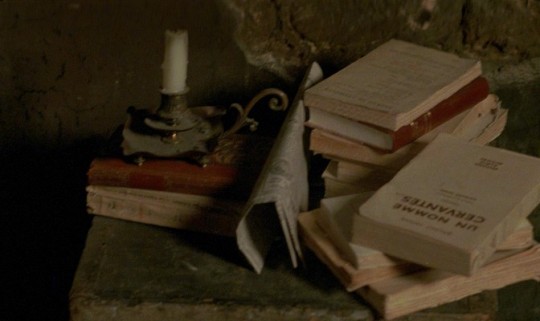
Le Dernier Métro, 1980
225 notes
·
View notes
Text
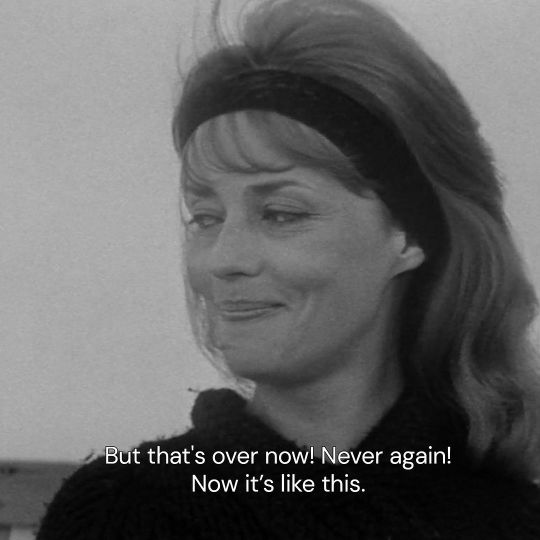

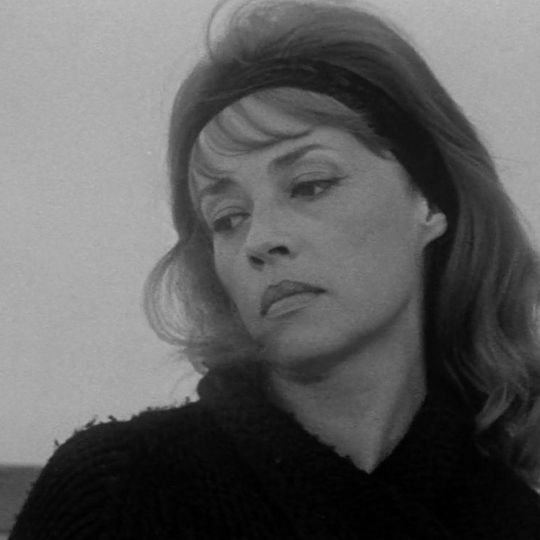


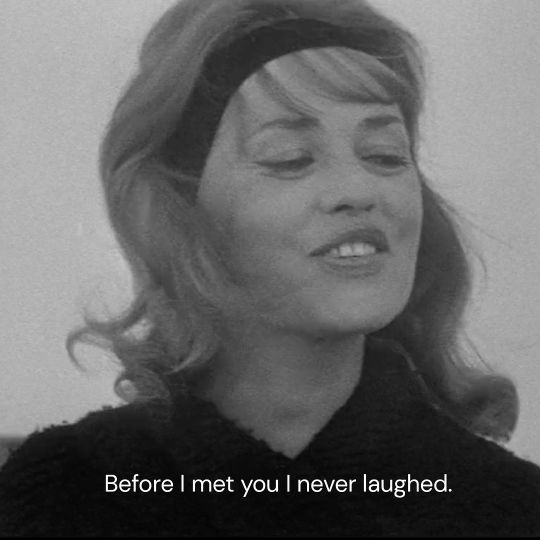
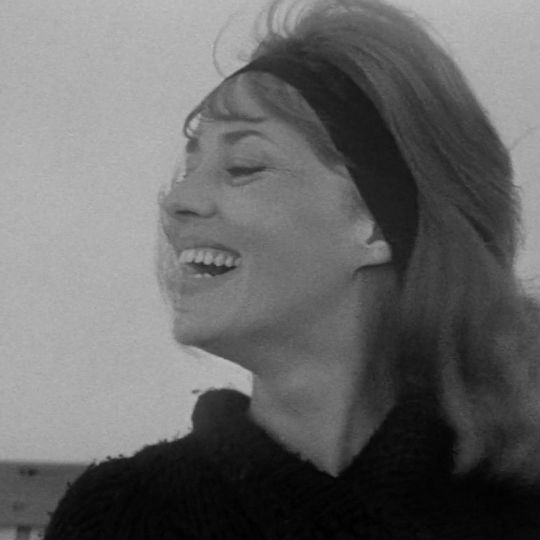

JULES ET JIM (François Truffaut, 1962)
— Via Mubi
#jules et jim#french new wave#french cinema#movie quotes#movie#cinema#world cinema#film#films#french films#francois truffaut#jules and jim
130 notes
·
View notes
Text

sunday, funday
#french film#french#classic film#french actress#classic cinema#60s film#60s#french girl#jeanne moreau#francois truffaut#sunday#beach
22 notes
·
View notes
Text



Close Encounters Of The Third Kind (1977)
#1977#gif#film#movie#science fiction#Close Encounters Of The Third Kind#Steven Spielberg#Richard Dreyfuss#Roy Neary#Francois Truffaut#Claude Lacombe#Melinda Dillon#Jillian Guiler#Cary Guffey#Barry Guiler#Devils Tower#Moorcroft#Wyoming#UFO#UAP
31 notes
·
View notes
Text
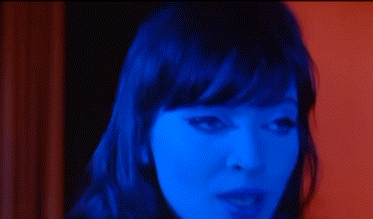
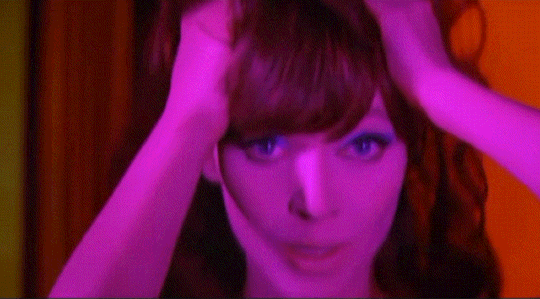
#une femme est une femme#anna karina#aesthetic#vintage#60s style#60s icons#60s fashion#60s aesthetic#french new wave#Godard#francois truffaut#old school cool#french cinema#a real devil#gorgeous#beauty#allure#desire#coquette#femme fatale
290 notes
·
View notes
Text





❀ 𝐉𝐞𝐚𝐧-𝐏𝐢𝐞𝐫𝐫𝐞 𝐋é𝐚𝐮𝐝 𝐚𝐧𝐝 𝐂𝐥𝐚𝐮𝐝𝐞 𝐉𝐚𝐝𝐞 𝐢𝐧 '𝐁𝐞𝐝 𝐀𝐧𝐝 𝐁𝐨𝐚𝐫𝐝' (𝟏𝟗𝟕𝟎) 𝐝𝐢𝐞. 𝐟𝐫𝐚𝐧ç𝐨𝐢𝐬 𝐓𝐫𝐮𝐟𝐟𝐚𝐮𝐭 ❀
#jean pierre leaud#jean pierre léaud#claude jade#french actor#french actress#french new wave#new wave#new wave cinema#70s cinema#1970s#70s#seventies#70s films#francois truffaut#françois truffaut#romance#comedy#antoine doinel#paris#french cinema#french style#70s aesthetic
38 notes
·
View notes
